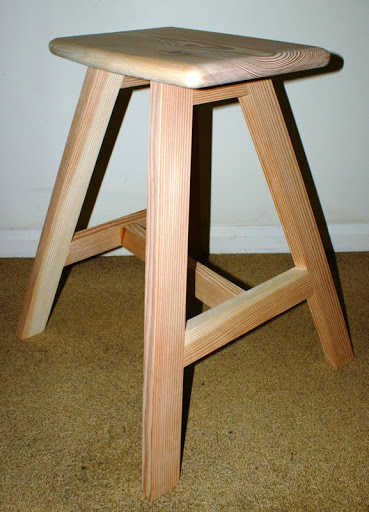I am in the process of making a mission style settle/bench for outdoor use. The sides will have the traditional through mortise and tenon joinery, but I am thinking about using dominos for the rails that would join the sides together to form the supports for the seat and back.
I have the domino 500, so the maximum domino would be the 10mm x 50mm. I’ll need to order the outdoor dominos (Sipo ones) if I go this route.
The rails will be 5 1/2” wide by 75” long and 1 1/2” thick. Given the width and thickness, I can probably get 4-6 dominos (depending on which size dominos I ultimately use) instead of a traditional mortise.
If I have 3 adult males weighing 200 lbs plus sitting on the bench (enjoying a beverage or two) at the same time, that would be a maximum weight of maybe 650-700 lbs…can the dominos handle that much weight?
Thanks,
Kevin
I have the domino 500, so the maximum domino would be the 10mm x 50mm. I’ll need to order the outdoor dominos (Sipo ones) if I go this route.
The rails will be 5 1/2” wide by 75” long and 1 1/2” thick. Given the width and thickness, I can probably get 4-6 dominos (depending on which size dominos I ultimately use) instead of a traditional mortise.
If I have 3 adult males weighing 200 lbs plus sitting on the bench (enjoying a beverage or two) at the same time, that would be a maximum weight of maybe 650-700 lbs…can the dominos handle that much weight?
Thanks,
Kevin

